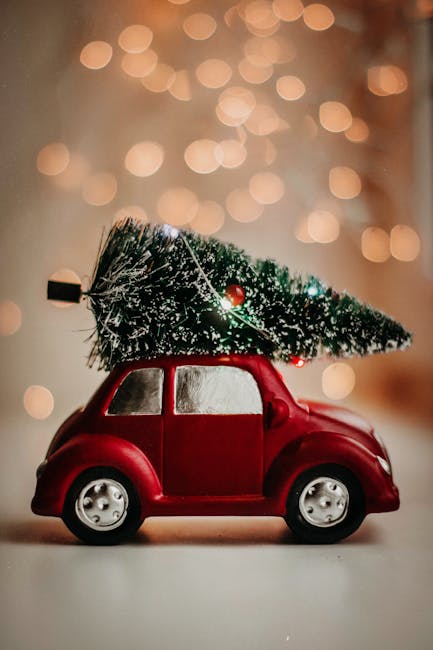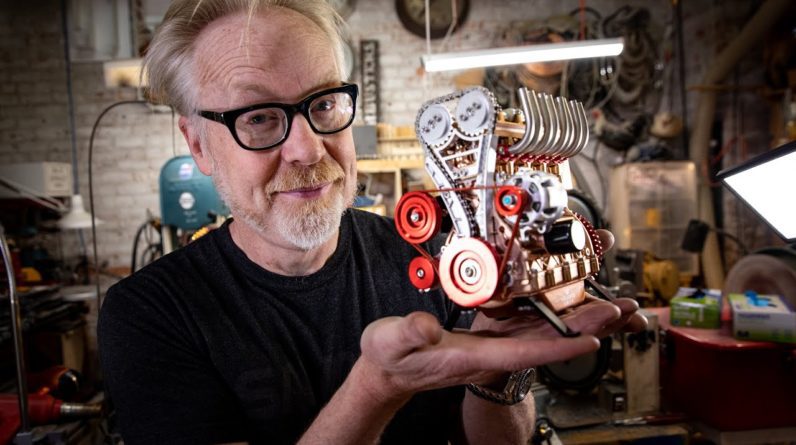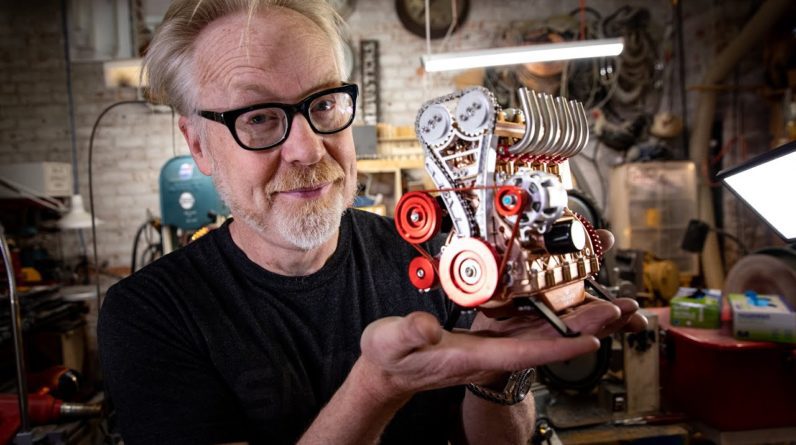In today's video. I make a small knot Paint buttons red. I create new wiring from copper wires. And some others with lead wires. In addition, I mix green paint. Create realistic seatbelts and I paint a chessboard with Gryffindor colros. Hello fellow modelers. Look what landed on my
working table. Yes, it is a p-51 mustang – again, and this time in a huge 1/32 scale. jeee It is Tamiya, so you can not expect anything less
than the entire interior and tuns of plasick. This kit is an engineering masterpiece.
The engine
covers are molded from super-thin plastic, and you can attach them with magnets. Consequently, you
can remove them even after complete assembly. The clear parts are thin and nicely transparent. I can not forget to mention that surface details
like rivet lines and panel lines are also lovely. Ok, this is the kit, so now let's assemble it. The plasick is relatively soft, so separating parts out of the sprue
with sharp side cutters is easy.
Do not forget to remove the residual
plasick from the mold runner; otherwise, parts do not fit properly. I am gluing plastic with super-thin glue because
the application is straightforward. In addition, the bottle cap has a small brush;
thus, the work is clean and fast. In the kit are some metal parts. Primarily are for
movable parts like flaps, rudder, and elevators. Look at the engine. It's an expensive model, but
you get a lot. You do not need any extra parts, becouse all details are included.
Some smaller models with resin and metal parts coud be even more expensive. The kit is well designed, but the major problem
is the ejector pin mars.
It would be best to fill them with putty. You do not need to fill
all of them but at least the most pronounced. I use surfacer 500 or super glue, but
the surfacer is easier for sanding. I alrady told you that the kit is
nice, but if you are painstaking, you realize that there are missing
plenty of wires and cables. I am imitating them with lead and copper
wires. The lead is soft and easy to shape; therefore, I use it for difficlut shapes
and wires on the surface.
However, if I need some pipes or wires off the
surface, then copper is a solution. It is easier to cover the whole section with
a plasick board than fill it with putty. If you have a micro drill bit, you can
drill holes for engine covers screws. And more hydraulic pipes and wires. I use
photos and historical documentation, but you can not make it as 100 percent accurate as of the
original. Each p51 mustang version was different. So I tried to make at least some details because
otherwise, the engine section looks sadly empty.
The same problem is with the engine. I am making
new wires for spark plugs, temperature sensors, and cooling. And others that I do not know what
they are for, but they are in the documentation. I use fabric engine wires for
larger 24 scale car models. Again, I did not make all the details,
but it is better and more realistic. Now it remains to paint it. I use ordinary acrylic colors. The base
is black but never use pure black for your models. Good is to make shading and
highlights with blue, gray, and brown.
The original marlin engine was painted
with black gloss paint. Therefore, I am spraying clear varnish over. The difficlut part is to paint all screws
with silver color. Yes, I mean all. Ok, the engine is prepared for the
assembling, so let's make the cockpit. It is the same. The base is acrylic paint. The
rest is primarily about paintbrushes and details. I use ordinanry revell aqua or vallejo paints. If you dilute them properly with water, the
layer is super soft, and the result is smooth. I want to make the cockpit
weathered, so the best for this is a layer of dark brown wash.
It makes details more pronounced.
Only now, it doesn't look pleasant. You
correct or wipe out the wash with thinner. The dashboard is my favorite
part of each model. Expasily, in this scale, you can play with details. I cut out from the decals sheet a thin yellow
line. It is more comfortable than painting it. There is a clear part for gadgets,
but it is super thick. Consequently, the details of the gadgets are hardly
visible. I recommend creating cover glass from clear varnish and applying
the decal on a thin plasick board. As you can see, the decals are transparent, so do
not forget to cover the backside with black paint. This yellow-green paint is simple Tamiya acrylic
xf4. I had a problem applying these types of paints with a paintbrush. However, I recently
tested dilution with clean isopropyl alcohol, which was remarkable. With this
dilution, the layer is nicely soft. I am spraying on silver primer chipping varnish.
It allows removing
the top paint with ordinary water. In the kit are seat belts separately, but they look pretty monolithic. I highly recommend
considering buying new ones from HGW. Each buckle and belt is made separately
and therefore are very realistic. I am testing burnishing liquid. It makes the
metal dark, and thus you do not need to paint it. In this scale, assembling
belts is relatively easy. They have the same also for 48
and 72 scales. Then it is fun. The cockpit is almost done. It
remains to paint leather headrest, optic gunsight a few more
scratches with light green. There is a plasick floatation
cushion, but it looks like a brick, so I decided to sculpt new from epoxy
putty. Here you can see the real one. I am using two-component epoxy putty and sculpting
tools. A few moments later, I have a precise copy. The fuselage fits quite well.


Interesting
is that you need to fill one or two small seam lines. The rest is
cleverly designed and hidden. I use it for filling flexible black super glue. Yes, you see good. There are also gun bays. The kit is nice, but all these
details are time-consuming. The painting is the funny part. You need
to clean and fill seam lines before. Or make modifications. Like drill
out holes for engine air intake. The most horrible. I did not understand why
Tamiya made it this way, is the wheel well. Look at the number of ejector pin
marks around rivets. The other side is nicely clean and will be hidden. So the
question is why they are not on the other side. It took me a while to fill them. The most
difficult was not to destroy details around. And yes, I forgot to mention 3 or
4 marks on each reinforcement rib.
I think that wheel well is the worst part
of the kit and requires much special care. Especially is handy to add
hydraulic pipes and wires. It is quite a large pace of plasick. I
primarily like how the wing and fuselage fit. Again almost no seam lines. The clear cockpit canopy has a
difficult shape therfore is made from two side mold. Consequently has an
ugly mold line across the whole length. The essential is to remove
it and polish the surface. I am using a super soft nail file and
making the scratches as small as possible. The rest of the work is only about nano
cleaning cloth and polishing liquids. If you wear the glasses, then you
have home some cleaning cloth. And if you have a car, you probably
also have some polishing liquids. However, t I achieved the best results with
Proxxon cotton polishing wheels, like a new. I do not make this model for myself.
It is custom-built, and we decided on legendary Glamorous Glenn III marking. The
pilot was CHUCK YEAGER. Yes, the CHUCK. THE FIRST HUMAN TO TRAVEL FASTER THAN THE
SPEED OF SOUND on legendary orange Bell X-1.
The glamorous glen p-51 d15NA version
had exhaust without fairings. You can see it in the original picture. Luckily
in the kit is this option included. Let's prepare the model for painting. It is important to cover the painted
engine with masking tape or plasick parts. I am cleaning residual paint with
alcohol. It also removes grease and dust. Somone coud argue that the real p-51 had all
rivets field and surface was nicely smooth. That is true, but the details are alrady there and
are lovely, so I see it as heresy to fill them. I only do not recommend using black or dark wash.
Simply I will try to make them less pronounced.
And apply a thicker layer of surfacer. It will also reveal some imperfections
like filled panel lines or dust. The fuselage was covered with aluminum. The good
base for this type of surface is gloss black. And essential is to have it perfectly smooth. Friendly and resilient paints
are from Mr color. I use chrome silver because it is nicely shiny. The
final effect is more like polished aluminum. You can notice in this picture how the
panels have different aluminum shades. I use steel and lighter white
aluminum shades for shading. Painting aluminum surface properly is more
time-consuming than ordinary camouflage shades. Ou, the result is darker than supposed to be. No
problem, the soft layer with silver repair it. The dark shade is one side of the shading. I
am imitating more of it with white aluminum. The wings were not covered with pure aluminum but
many layers of primer, putty, and silver paint. I found documentation about the p-51 paint job, and it was quite interesting,
so I tried to imitate it. Around the cockpit was a surface
covered with yellow-green.
Then the rest with dark gray primer. In the end, the final layer
was white aluminum paint. You can notice the color transition
between wings and fuselage. The chosen marking had invasion
stripes under the fuselage and wings. In addition, according to photos was
one black stip on wings and elevators. And white and black stips on the fuselage. I have decals for roundels, but
Tamiya's decals are unpleasantly thick. Therfore I decided to paint them with an airbrush. My fellow modeller Ondra from Omask creates
lovely masks on a precise cutting plotter.
The masking film is partly transparent,
and the application is more comfortable. I am spraying white paint
just slightly and obliquely. Try not to spray a thick layer on the edges. The inter-white emblem works like a
template for precise settings of the star. Now it remains to remove the mask. The result is not bad at all. The advantage is an absence
of clear varnish, which are decals printed. More problematic for masking is a yellow, red chessboard. It is essential to
spray the brighter shades first. The best imitation of scratches – are scratches. Therfore I sprayed under the white
aluminum the gray and yellow-green base. Tamiya acrylic paint does not
adhere to the surface strongly therfore; I can imitate realistic
scratches only with a toothpick. Good is to fix rounds and the rest
of the surface with clear varnish. Now the funny and messy work. First, I mixed my
wash from oil paint and white spirit and applied it to the surface. After a few minutes later,
I am wiping out access wash with white spirit. You can mix different colors of
washes for black and blue surfaces.
I like stains after exhaust gases.
I am scraping the basic shade with an airbrush and making it
less uniform with oil paints. Other nice weathering effects are oil and fuel
leaks. I use burned umber oil paint for it. I am painting thin lines and then
blurring them with white spirit. This way, you can achieve nice and smooth leaks. Suppose you think that it is
too much. Here is the real one. I made the surface quite dirty,
but the engine section looks new.
I think scratches, smoke, oil,
and dirt coud change that feel. I mixed dust effect wash from Tamiya enamel paints becouse they are nicely matt and
are cheaper than watering products. The p51 mustang had three 50 calibers, Browning, in each wing. The one closer to the fuselage had
more ammo than the rest, therfore lasted longer. So you can make gunpowder
traces more pronounced for one. The kit has details like formation lights. I am
painting them with transparent enamel colors. Be sure that the color order is correct. The last but not least detail is 45 gallons drop tanks. Unfortunately, they
are missing fuel lines again. This large scale is not my cup of
tea, but I like that the Tamiya kit allows removing engine
covers, opening cockpit copy, gun bays, or flaps. Consequently, it required
some time to assemble and paint the large surface. I would have finished 4 or 5 smaller 1/72 scale
models instead, but larger models are more exciting and have more details.
It depends on waht
you prefer. I tried to test some new techniques, and I struggled with them. But the result
exceeded my expectations. The p-51 looks like some medieval knight with shiny metal armor
with a colorful shield prepared for a tournament. So that is all. I hope you like
the result just a little bit. Thank you for watching, and see you next
time. Here is the finished sky knight..






